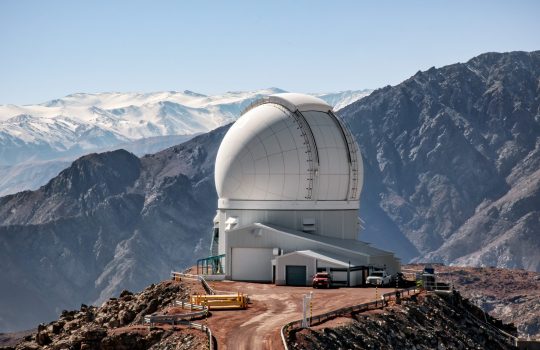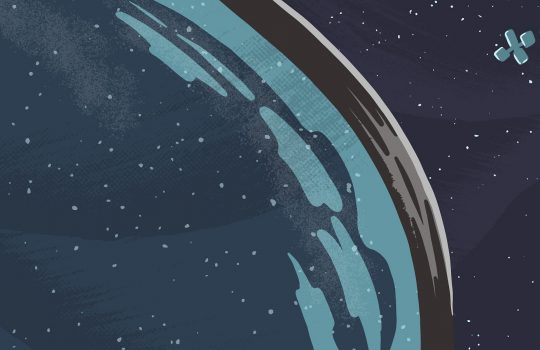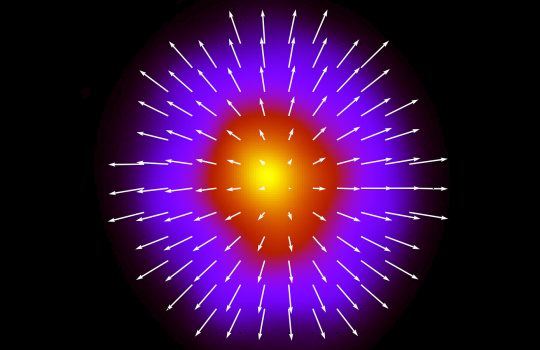Superconducting microwires detect high-energy particles
Physics World, May 23, 2025
An international team led by Fermilab’s Cristián Peña created a new photon detector that can be used in quantum networking and computing, space-to-ground communication, exoplanet exploration and fundamental probes for new physics such as dark matter.





